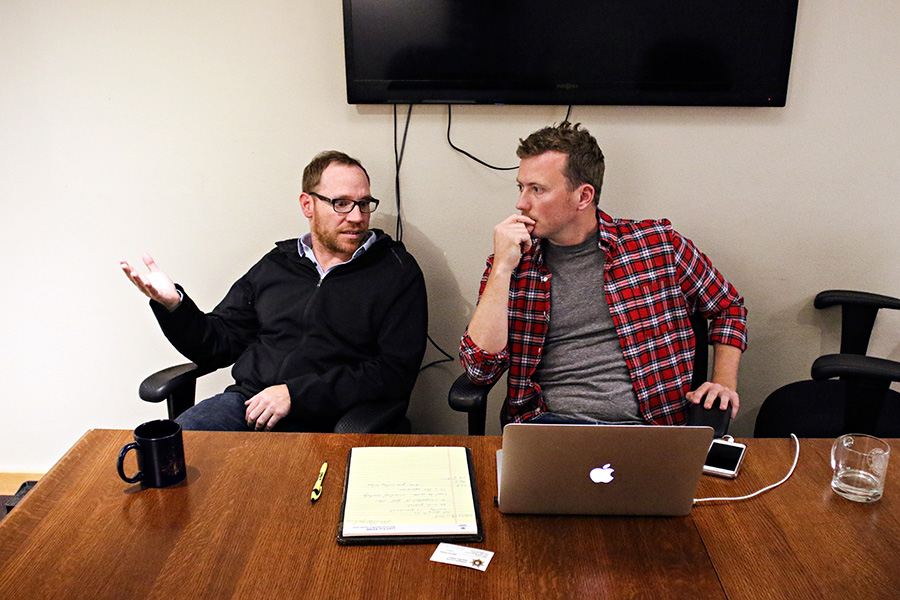At 6:23 p.m. on Thursday, Sept. 14, an email sent through our website’s contact form landed in my inbox. I opened it the next morning.
It read: “I am the one threatening schools in the area. I want to be interviewed.” The person who sent it claimed to have set up a secure SMS line (for electronic messaging) and provided a phone number to communicate through.
I immediately called reporter Dillon Tabish, who had been covering the cyber threats that had already closed schools across the county for two days. We agreed to forward the online inquiry to the sheriff’s office, which confirmed the email was sent from the suspect.
The valley was on edge. Someone was openly making threats to the Flathead Valley across multiple channels: to law enforcement, to school officials and, later, to local families. We met with officers and talked about the possibility of engaging with the suspect online. We were not discouraged from communicating.
At about 3:30 p.m. on Friday, Sept. 15, on a computer set up in our conference room, we sent an introductory message. We had scribbled several questions on a notepad beforehand, wanting to focus on the suspect’s background and motivation for targeting this region.
After the individual verified he or she was the person making the threats, Tabish and I began pressing: “Why are you making these threats?” “Why are you targeting our region?” “How did we end up here?” “Why?”
The conversation lasted more than an hour, but answers about why this person had chosen Northwest Montana as his or her target were elusive. We had told the suspect that we weren’t interested in his or her inflammatory comments. It didn’t matter — the suspect continued to make threats. Immediately following the conversation, we shared those threats with law enforcement in the interest of public safety.
We held a staff meeting at the Beacon office to explain what was going on. There were several questions and concerns, especially from parents whose children attend local schools. Law enforcement was beginning to strongly believe the suspect wasn’t local, and from our conversation with the suspect, we tended to agree. That evening, Tabish and I decided to hold off publishing the interview at that time.
On Saturday, Sept. 16, the situation escalated. The individual apparently gained access to the Columbia Falls School District’s electronically stored directory and began contacting and threatening families individually.
A screen shot from one of those threats was posted to social media and shared among local students. Meanwhile, law enforcement officers acknowledged they had been communicating with the suspect, but they had declined to detail the nature of the threats.
To be sure, I sympathize with that stance, and commend all the officers involved, many of whom have worked this case on little sleep for several days.
At the same time, Tabish and I agreed we had an obligation to be transparent with our readers (this was before the situation evolved into an extortion case about 24 hours later). On Sunday, Sept. 17, we notified the sheriff’s office that we would be publishing a portion of the interview we conducted with the suspect online. Law enforcement did not object to our course of action.
As more than 30 schools across the region were closed for a third day and numerous events were canceled, we felt the public deserved to have a better understanding as to why. We withheld the most graphic statements written to us by the suspect, instead publishing what we thought would shed light on the complex threat law enforcement was investigating. It wasn’t an easy decision, nor was it made in haste. But I believe it was the right one.
